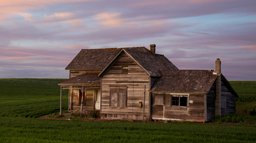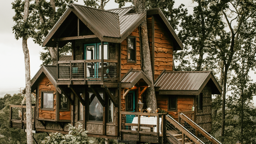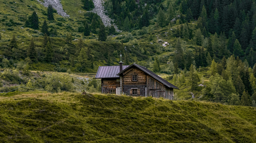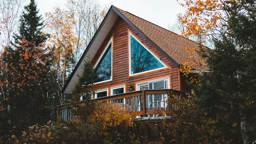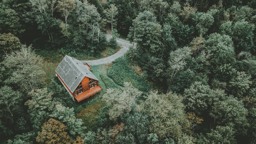
Outside Tasks
For the cabin
- Look for air leaks around electrical wiring, dryer vents, pipes, windows and doors; then seal leaks with caulk or insulation to keep out cold air and pests.
- Insulate pipes in crawl spaces by wrapping them with heat tape or thermostatically controlled heat cables.
- Clean out gutters, and inspect the roof for shingles that are raised or cracked; leaking roofs and clogged gutters can lead to significant water damage.
- If the water is left on for a portion of your cabin that is heated, just be sure to turn off the valve for each outside water-supply line.
- Apply a layer of concrete sealant to sidewalks and poured concrete patios.
- Sweep the horizontal runs from your furnace to your chimney, and make sure the chimney cap is free of buildup. (To find a certified chimney sweep in your area, visit the Chimney Safety Institute of America, csia.org.)
- To discourage rot, remove any leaves or other detritus where the cabin and deck meet.
- If you heat your cabin with propane or wood, make sure you have enough fuel to get through the winter.
- Make sure your winter sports gear is ready to go. Snowmobile tuned up? Skis waxed? Where are those snowshoes?
For the yard
- Mow the lawn (short) one last time.
- Clean and winterize the lawn mower and other gas-powered yard equipment.
- Remove batteries from the boat or lawn mower and store them inside, preferably in a dry, warm place at moderate temperatures.
- If you’re in the snow belt, store outdoor furniture, grills, picnic tables, hammocks, fire pit decorations, emptied flower pots and drained hoses and sprinklers.
- Rake and remove leaves within at least 30 feet of your cabin.
For the shoreline
- Clean and store boats, dock storage and ornaments, the swim ladder, swim raft, life jackets, water-ski equipment and water toys.
- If your lake is prone to ice movement, take in the dock and any boat hoists. Remove the hoist motor and electric line.
- Turn off the outside pump breaker, hoist motor breaker and dock light breaker.
Inside Tasks
- Ensure that the power and water are in the proper mode for vacancy.
- Set the thermostat at the appropriate temperature for your region. If you heat your place in the winter, set the thermostat no lower than 55ºF. If you live where it’s warm enough to keep the A/C on when you’re gone, set it to 80ºF. (Note: You can seriously damage the A/C unit if you turn it on when it’s cold outside, so flip the A/C breaker during winter in cold climates.)
- Open cabinet doors to allow heat to get to uninsulated pipes under sinks and appliances near exterior walls.
- Check attic insulation levels, and blow in a few bags if it looks thin.
- Clean the furnace filter to maintain an efficient heating and cooling system and reduce the risk of fire.
- If you’re shutting off the refrigerator, leave the door cracked open to prevent musty smells.
- Unplug computers, the television and major appliances.
- Pull shades, or cover furniture to keep it from being bleached by the sun.
- Put mothballs or dryer sheets near bedding and towels.
- Take out all perishable foods; store those that remain in air-tight/critter-tight containers. If you don’t heat the cabin in winter, carry out canned goods so they don’t freeze.
- Turn off the dehumidifier and hot water heater.
- Close the damper for the fireplace. Seal the box to prevent critters from entering the cabin.
- Drain the dishwasher and washing machine completely.
- Restock and store the first-aid kit.
Extra Precautions
If you’ll be gone all winter or for long periods of time, it’s best to take these extra precautions to keep your cabin in good shape.
- Drain your water pump, water heater, pressure tanks and toilet tanks, and blow compressed air throughout the system to prevent pools of undrained water from freezing and bursting pipes.
- Splash RV-grade antifreeze into toilets and sink drains. This is especially important if your water-supply lines are piped inside exterior walls and/or your sewer traps are located below the floor.
- If your water-supply lines run in shallow trenches or above ground, consider installing in-line heaters, like those from Heat-Line (heatline.com).
- If you have freeze alarms that monitor temperature sensors and heating and cooling systems, be sure to set them. (If your cabin’s in a remote location that suffers frequent power outages, be sure to buy an alarm unit with rechargeable battery backup.)
- Ask a friend or hire a cottage-care business to check in on your property frequently.




